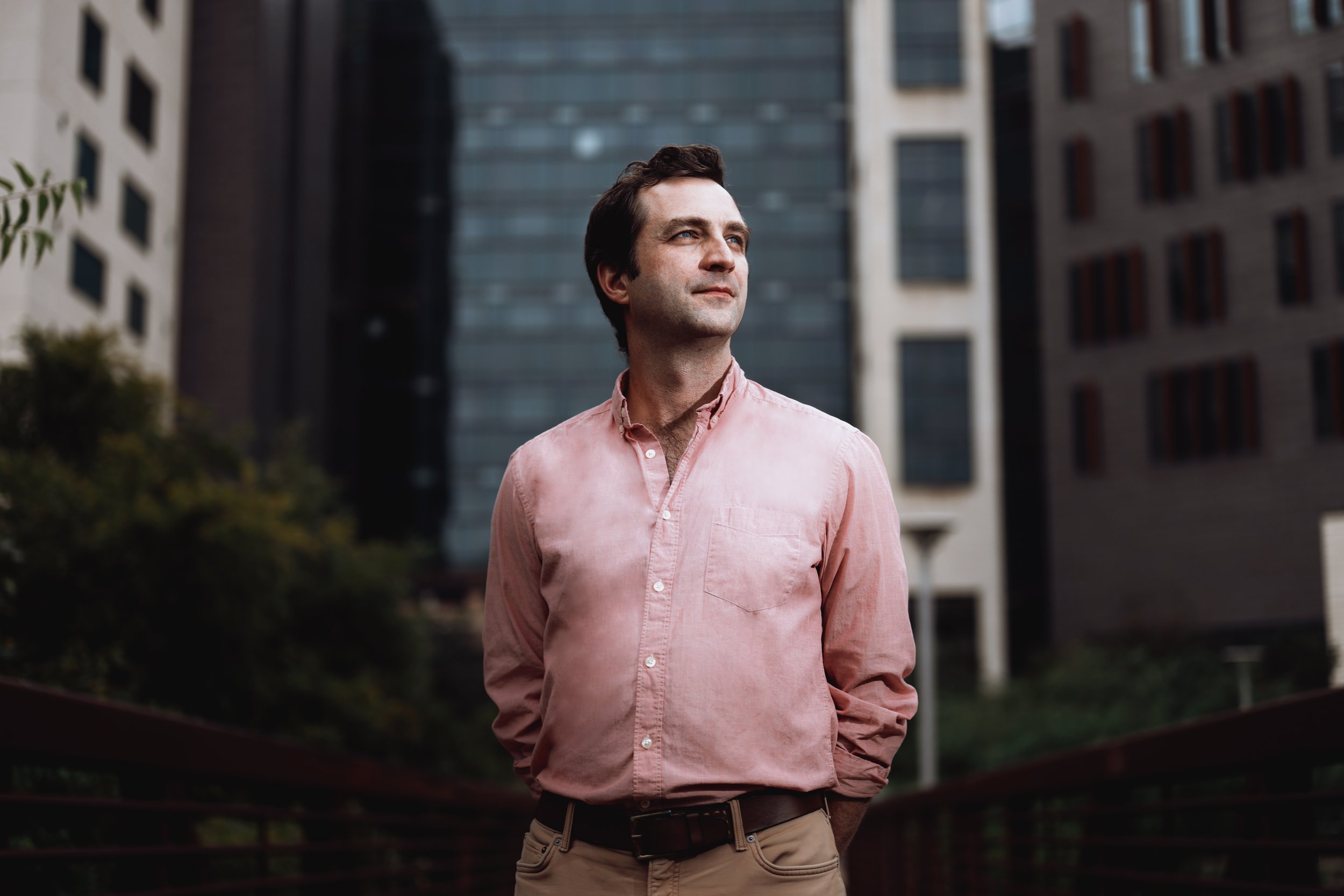
LIEF FENNO, M.D., PH.D.
This physician-scientist has pioneered globally used tools to improve how we study the brain, all while caring for patients with substance use disorders.
Now, he looks to build novel therapies that uncover mechanisms of brain disease — setting the stage for both true precision medicine and landmark discoveries in basic research.
Molecular tools are increasingly common in everyday research and medicine — recent examples include monoclonal antibodies becoming staples in treatments for cancer and delivery of mRNA vaccines for infections like COVID-19. Yet in fields like psychiatry, advancing molecular-level treatments has lagged.
Lief Fenno, M.D., Ph.D., assistant professor in The University of Texas at Austin’s Dell Medical School and College of Natural Sciences, is finding the next frontier in brain treatment and research in the interplay of basic neuroscience, clinical neuroscience and bioengineering — with direct human benefit as the nexus.
“In psychiatric illnesses the problem is often how information in the brain moves from one place to another. We can see this in the way psychiatric medicines work like dimmer switches, where they shift the weight of information moving through neural circuits,” says Fenno, who was recently appointed to a three-year term on the American Psychiatric Association’s Council on Addiction Psychiatry. “My research group and I are building new viruses and molecular tools that allow researchers to make similar changes to the ways information flows in the brain — but in a targeted way with precise control of when that happens so that we can make discoveries that are more readily transferrable to real therapies.”
‘Big Tent Neuroscience’ on the 40 Acres
For Fenno, a recent awardee of a prestigious $1 million research grant from the W.M. Keck Foundation, generating new molecules and biological tools is nothing new. Working with Karl Deisseroth, M.D., Ph.D., at Stanford University in the early 2000s, he helped pioneer the use of optogenetics, a bioengineered process that uses light to carefully control neurons in awake, behaving mammals — now a standard in neuroscience research, and hailed a “Breakthrough of the Decade” by Science in 2010. Based on optogenetics, Fenno developed a tool called INTRSECT for widespread use in the scientific community — a technique that allows researchers to selectively target, manipulate and label cells based on multiple genetic traits. The tools, ordered thousands of times by research labs across the globe, have contributed to research for understanding addiction, motor behavior, spinal cord repair, learning and memory, and other circuits.
“We live in a golden era of molecular creativity,” says Fenno. “Molecular tools like CRISPR and optogenetics are derived from organisms as different as you can be from humans. We’re taking advantage of the resources nature has given us — the universality of how DNA and proteins largely work the same regardless of the organisms that they’re produced in — and trying to create a seamless transition between basic research and human psychiatric treatment.”
Now, Fenno and his lab are focused on solving a major limitation of many engineered molecules: “A number of genetic diseases like Duchenne's muscular dystrophy involve very large genes that don’t fit into the viruses we engineer for administering gene therapy,” says Fenno. “We're developing a platform that allows us to solve that challenge, and it’s showing great promise in mice.”
And even while Fenno leverages the convergence of world-class expertise across the UT campus to carry his work forward, he continues practicing as a psychiatrist at UT Health Austin and Integral Care, the safety-net psychiatric provider for Travis County.
“It’s vital to work at the intersection of psychiatry, neuroscience and biomedical engineering specialties if we’re really going to push past current limits of what medicine can do to help people,” says Fenno, who also holds a courtesy appointment in the University’s Department of Biomedical Engineering. “The environment here at UT is unique in that there’s immense potential to collaborate across specialties. I had to come up with a term to describe it to colleagues elsewhere: ‘big tent neuroscience.’
“With the emergence of the new UT Medical Center, the University’s support in commercializing research, and the life sciences and biotech scene, Austin as a whole is on a special kind of velocity toward health transformation.”

